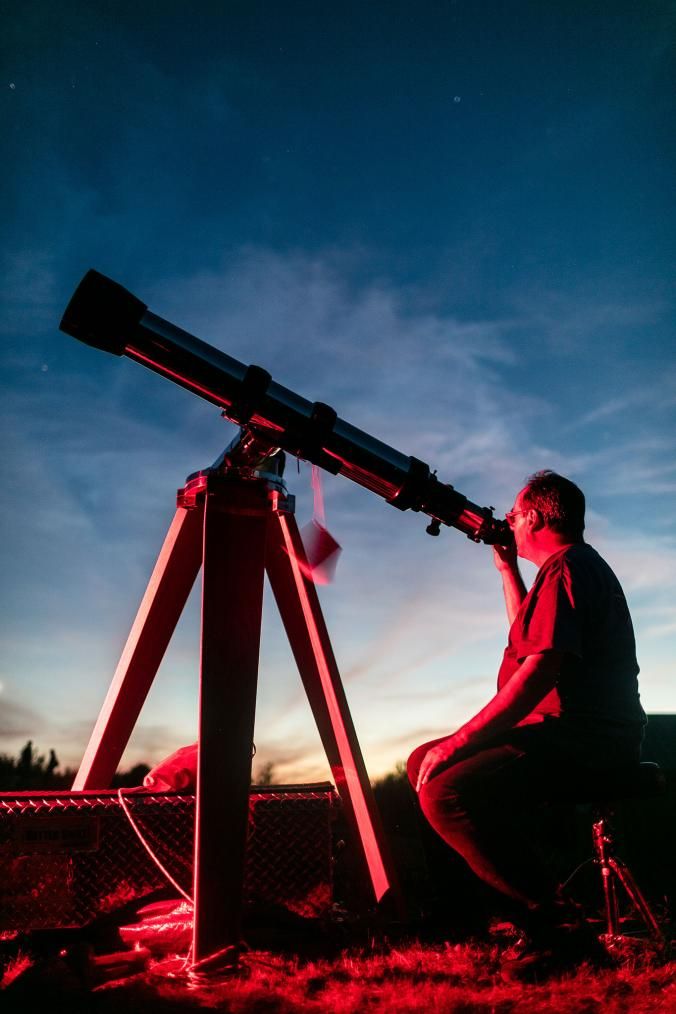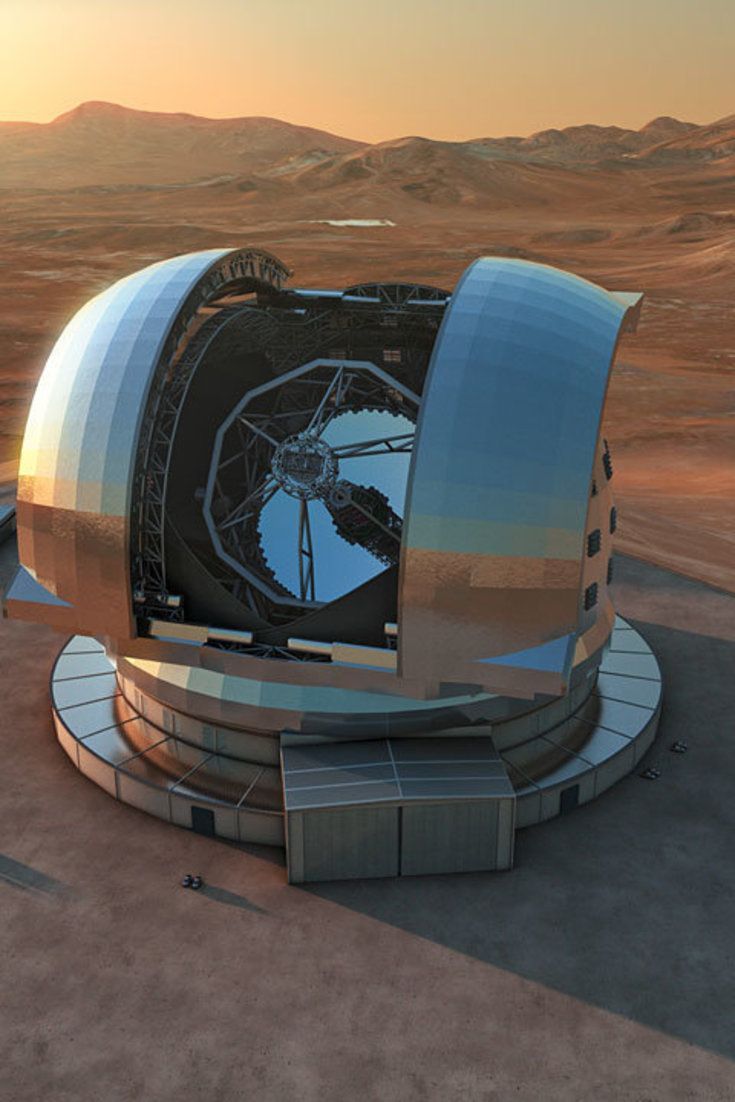The expansion of space telescopes into the future holds the potential of more enlightenment in an already fascinating and explorable universe. Here we take a look at the future of space telescopes and how they may change the way we see the cosmos.
- The Insightful Findings and Ground-Breaking Advancements Made Possible by Space Telescopes:
Here we trace the history and investigate the effects of groundbreaking space observatories like Spitzer, Chandra, and Hubble. By redefining our knowledge of the universe, these telescopes have prepared the way for future observatories in space.
A New Era in Discovery: The Space Telescope James Webb (JWST)
Looking forward to what’s to come, this part explores the JWST (James Webb Space Telescope). With its massive capacity, JWST will be able to see further and faster than any space telescope before it, opening new windows into the origins of the cosmos, exoplanets, and faraway galaxies.
- Cutting-Edge Technology: Expanding the Limits of Perception:
Taking a look at how technology is developing, this part explains how new tools are expanding our capacity for observation. New image detectors, sophisticated spectrographs, and state-of-the-art materials will allow space telescopes to be more accurate and efficient. - Exploring the Beginnings of Stars & Planets with the Origins Cosmic Telescope:
Moving on to future missions, the Origins Satellite Telescope is examined in this section. We can learn more about how our cosmic surroundings came to be thanks to the Origins Space Telescope, which is geared at studying how the planets, stars, and galaxies develop. - The Nancy Grace Romans Space Telescope: Deciphering Extraterrestrial Life and Dark Energy:
In this part, we will talk about the goals of the Nancy Gracie Roman Space Telescope, which are to find out what dark energy is, how galaxies are distributed, and how many exoplanets there are. Roman is expected to make significant contributions to several fields of astrophysics as an adaptable observatory.

- Starshades and Advanced Coronagraphs: Direct Planet Imaging:
This section delves into sophisticated coronagraphs and starshades with an emphasis on exoplanet discovery. The goal of these technologies is to provide a better look at exoplanets, which may be habitable, by directly imaging and characterizing them. Future space telescopes are expected to include these technologies. - The X-ray Observatory Lynx: Looking into the Cosmic Rays:
Here we will go over the Lynx the X-ray Observatory as we explore the X-ray spectrum. The next big X-ray satellite telescope, Lynx, is planned to investigate cosmic high-energy events including galaxy clusters, supernovae, and black holes. - LUVOIR and the Habitable Alien planet Observatory (HabEx): Exploring Extraterrestrial Life:
In this part, we present the Habitable Exoplanet Exploration (HabEx) & the Wide UV/Optical/IR Surveyor (LUVOIR), two exploratory missions in the quest for life. Planets that are ex in the habitable regions of stars may be studied using these telescopes to see whether they have the ability to support life. - Collaborative Observations or Enhanced Resolution using Interferometry & Array Telescopes:
This section focuses on joint efforts by discussing array telescopes and interferometry. The combination of many smaller devices into a single telescope improves resolution and allows for joint observations, which in turn opens up new fields of study. - Big Data and Space Telescopes: Examining Extensive Cosmic Datasets:
This section explores the possibilities and threats presented by the massive datasets produced by contemporary space observatories, recognizing the age of big data. The extraction of relevant insights from the cosmic ocean of information is made possible with the use of advanced data analysis tools and artificial intelligence. - Working Together for a Better Understanding of the Universe: The Role of International Space Exploration Collaborations:
This section delves into the importance of international collaborations in space exploration, highlighting worldwide teamwork. Working together, pooling our resources, and committing to common goals all help us learn more about the universe.
Thirteen. Engaging the Public and Citizen Scientists: A Cosmic Adventure Shared:
Concerning participation from the general population, this part explains why it’s crucial to include them in the cosmic adventure. The findings from space telescopes reach people all around the world because of citizen scientific programs, educational promotion, and public outreach projects.
- Balancing Exploration & Responsibility: Ethical Considerations in Space Observation
This section explores the duties that come with space observation, while also navigating ethical issues. Important factors to address in the age of powerful space telescopes include space debris management, cultural elements of stargazing, and the avoidance of interaction with celestial bodies. - Wrapping Up: A Universe Revealed:
Finally, space telescopes of the future may reveal the universe’s intricate fabric in hitherto unseen detail. These observatories will keep shaping our knowledge of the cosmos, taking us on a cosmic adventure of discovery as we delve into the darkest corners of space and time and study faraway exoplanets.
